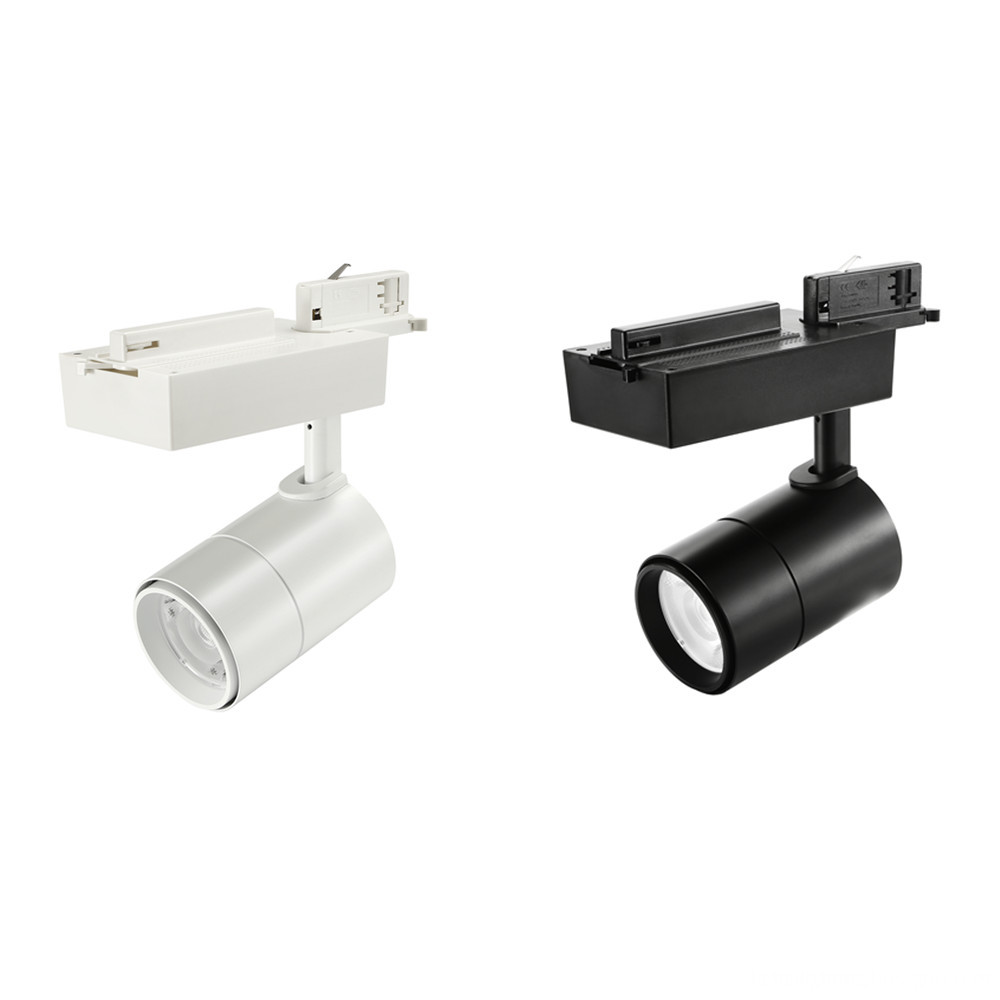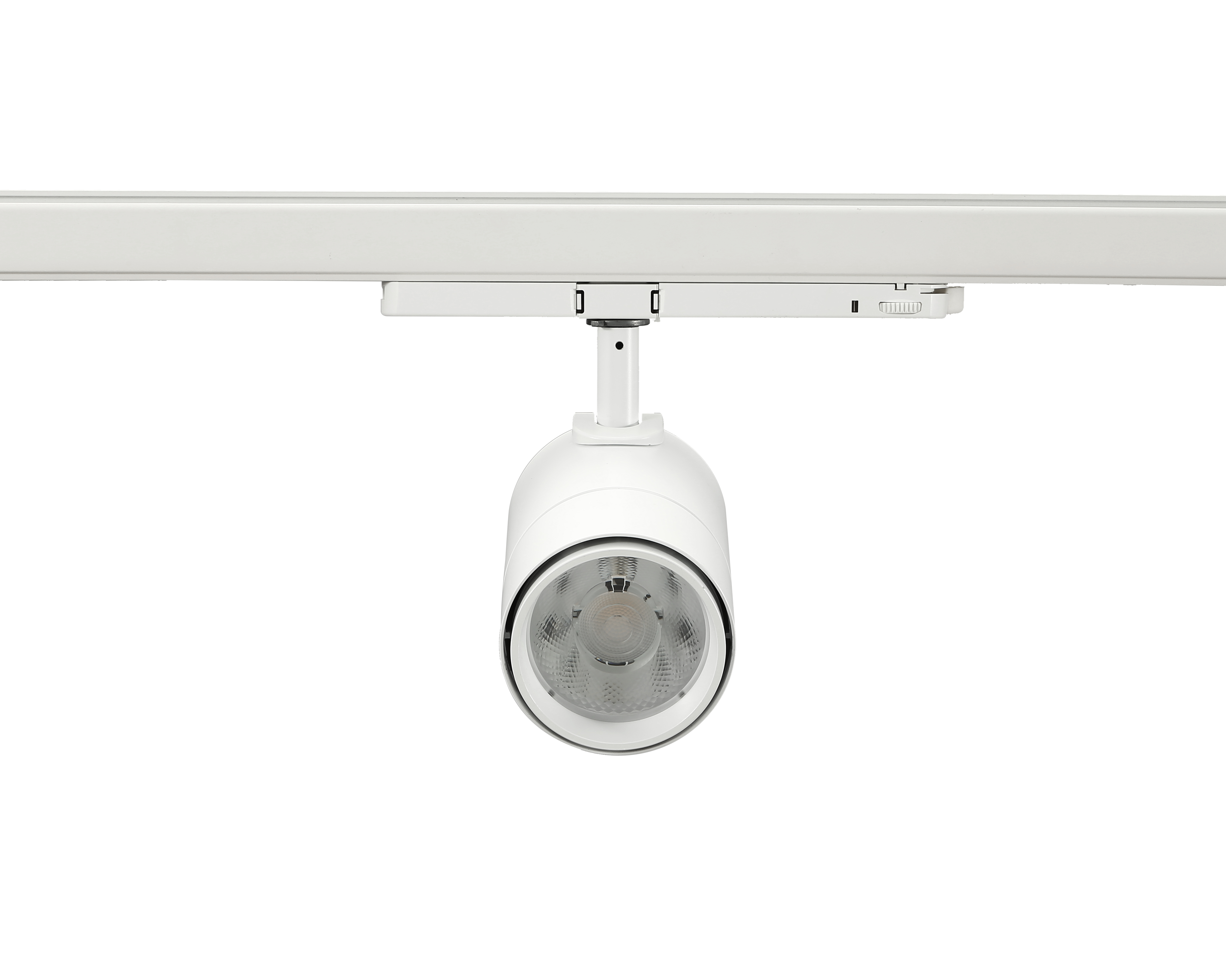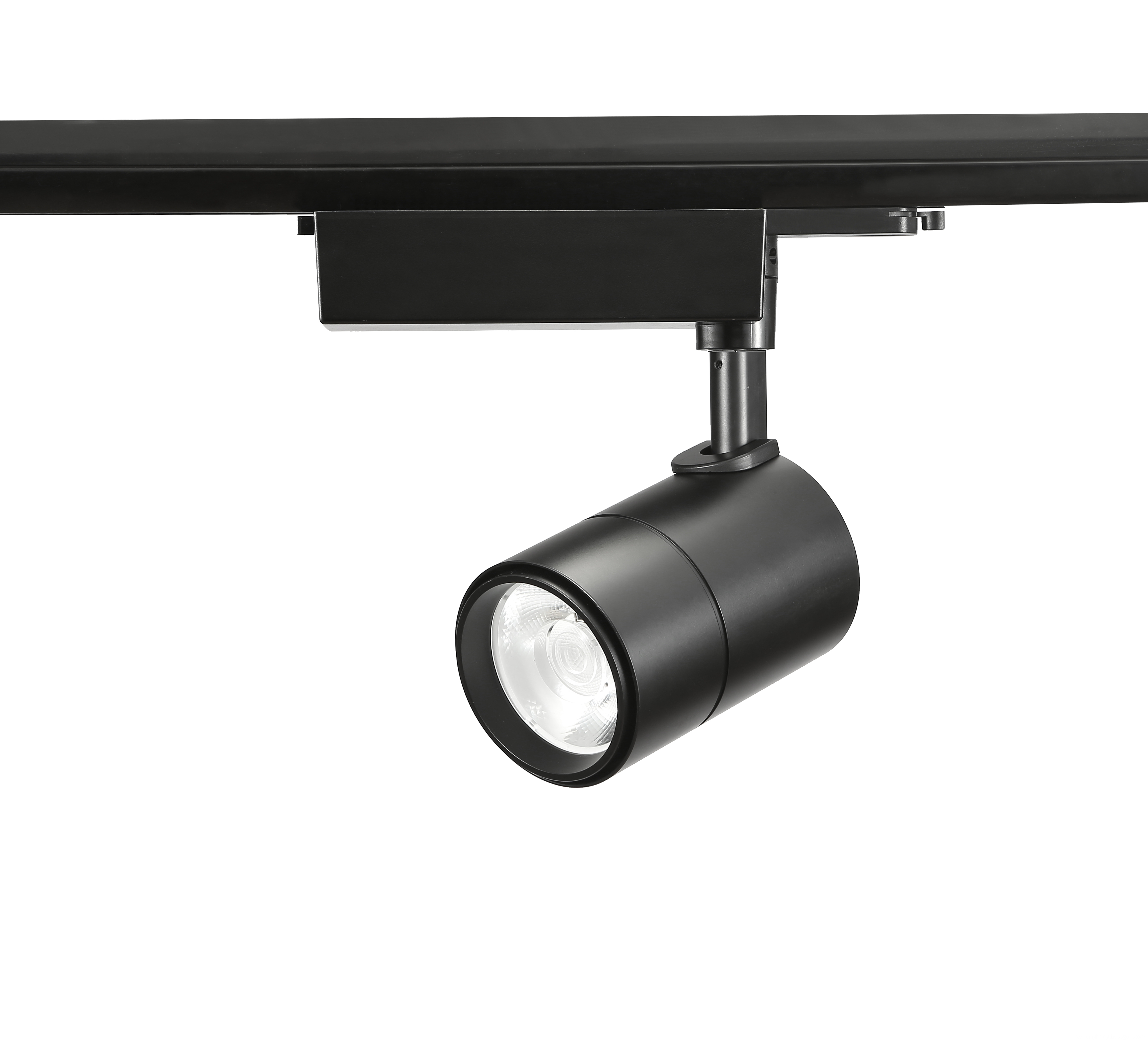The difference between frequency modulation and (and) amplitude modulation
FM and AM, in addition to those who really understand electronic technology, many people are not very clear about the difference between them. In order to understand FM and AM correctly, the difference between the two in the field of wireless call systems is now clearly explained.
The difference between FM and AM is just like the GSM and CDMA of mobile phones. It is a different transmission method. CDMA technology is more advanced than GSM. However, the signal of 133 mobile phones is not necessarily stronger than the signal of 139 mobile phones. Why the same 139 mobile phone, some manufacturers have strong signals, some manufacturers have weak signals? That is to say, the quality of a product is not determined by the transmission method, but by the manufacturer's technical capabilities and product completion.
Although FM has a long transmission distance, it has a weak ability to penetrate obstacles. The characteristic of AM is that the transmission distance is short, but the ability to penetrate obstacles is strong. This technology has been widely used in wireless alarms and wireless calls in buildings. Because the most important thing in a building is not distance, but penetration ability.
Frequency modulation and amplitude modulation techniques have been applied to all areas of our lives. From the perspective of wireless technology, it is just different transmission methods. The quality of a product is not in the way of technology, but in the technical completion of its products.
For a user, as long as the completion of AM products is increased to meet the requirements of transmission distance and coverage area, the same effect is achieved, and it is not too concerned about FM or AM. Good quality, cheap, economical and practical products are the truth.
There are many differences between the outlets generated by FM screening technology and those produced by traditional screening technology.
Conventional screening has gone through the development process from camera screening --- electronic screening --- digital screening, no matter which screening technology is used, the generated dots are the same as those generated by traditional glass screens or contact screens. The same behavior characteristics: the spatial frequency of the dot and the number of dots per unit area are constant, and the change of the dot area is essentially the change of the dot signal (amplitude), therefore, the conventional screening technology uses the method of modulating the dot amplitude to express the graph The tone and level of the image change, this is the main reason for the AM outlet,
The main feature of FM dots is that the area of ​​dots is fixed.It changes the distribution density of dots in two-dimensional space to express the tone of the original. Due to the random distribution of dots in the area, the size (magnitude) of the wind dots cannot be used. This physics has been described earlier, and it should be described in terms of frequency, which represents the frequency characteristics of the outlets.
A domestic manufacturer has been promoting the difference between FM and AM. Many people who really understand electronic technology are actually not very clear about the difference between the two. In order for more users to correctly understand the difference between FM and AM, the editor wants to make it easy to understand To explain the difference between the two in the field of wireless call systems.
The difference between FM and AM is just like the GSM and CDMA of mobile phones. It is a different transmission method. CDMA technology is more advanced than GSM. However, the signal of 133 mobile phones is not necessarily stronger than the signal of 139 mobile phones. Why the same 139 mobile phone, some manufacturers have strong signals, some manufacturers have weak signals? That is to say, the quality of a product is not determined by the transmission method, but by the manufacturer's technical capabilities and product completion.
So, is there any difference between FM and AM in wireless transmission? No! The characteristics of FM are narrow bandwidth and long distance. The narrow bandwidth means that the ability to penetrate obstacles is weak, but the transmission distance is long. This technology is generally used in mobile phones, pagers and other products that require long-distance (more than 5 kilometers) transmission. Readers should all know that the distance between the mobile company's signal transmission tower and the cell phone carried by everyone is very far. The characteristics of amplitude modulation are wide bandwidth and short distance. Broadband means that it has a strong ability to penetrate obstacles, but the transmission distance is short. This technology is generally used in the fields of wireless alarm and wireless security in buildings. Because the most important thing in a building is not distance, but penetration ability.
So is the technology of frequency modulation advanced, and the technology of amplitude modulation lagging behind? No! Since the introduction of FM and AM technologies by the Federal Communications Association in the last century, it has been applied to all areas of our lives. For a wireless technician, FM and AM are just different transmission methods, and there is no difference in technical difficulty.
Is the only difference between FM and AM? Nor! The important point among the many differences is cost. Because the FM circuit is more complicated and requires more components, the price of FM products is much higher than the price of banner products. Why do most domestic wireless call system manufacturers use amplitude modulation? First of all, the transmission in the building does not need to use costly FM at all, as long as the completion of the banner product is improved, the transmission distance and coverage area are fully resolved. As an agent, the same product appearance, the same distance effect, and different price points, which one would you choose? In fact, to put it bluntly, customers do not need to know whether it is FM or AM. The cheap, economical and practical products are the truth.
A domestic manufacturer vigorously promotes FM and AM, saying that the distance of FM is much better than the distance of AM. AM products are only suitable for use in small places. "Meiyi" promises that the products of the above manufacturers and "Meiyi" products will be tested for distance and stability in the same place. If "Meiyi" products are not as good as those of the above manufacturers, "Meiyi" is willing to compensate customers for any losses. The quality of a product does not depend on the technology used, but on the technical completion of its products.
30W Led Track Lights with Bridgelux or Luminus COB LED chips.
30W LED Track Lights with international 2 wire, 3 wire, 4 wire track connector, matching well with most of quality track rail.CCT: 2700K, 3000K, 4000K, 6000K are available.
Function: Non-dimmable, dimmable and CCT changeable are available.
Types: DALI system, 0-10V systerm, Dial Switch, guide rail with power supply.
Beam Angle: High reflectance diffuser (Lens+Reflector) with 10° / 24°/ 36° for choice.
Dimension of 30W LED Track Lights: Φ90mm, 230*210mm
Finished Color: Matt White / Black / Silver etc.
High luminance flux: 2600lm
High CRI: >90Ra
Input voltage: AC110/220V 50/60HzCertification: CE RoHS



30W Led Track Lights
30W Dimmable LED Track Light, 30W Mini LED Track Lighting, 30W Commercial LED Track Light, 30W Color Changing LED Track Light
SHENZHEN KEHEI LIGHTING TECHNOLOGY CO.LTD , https://www.keheiled.com